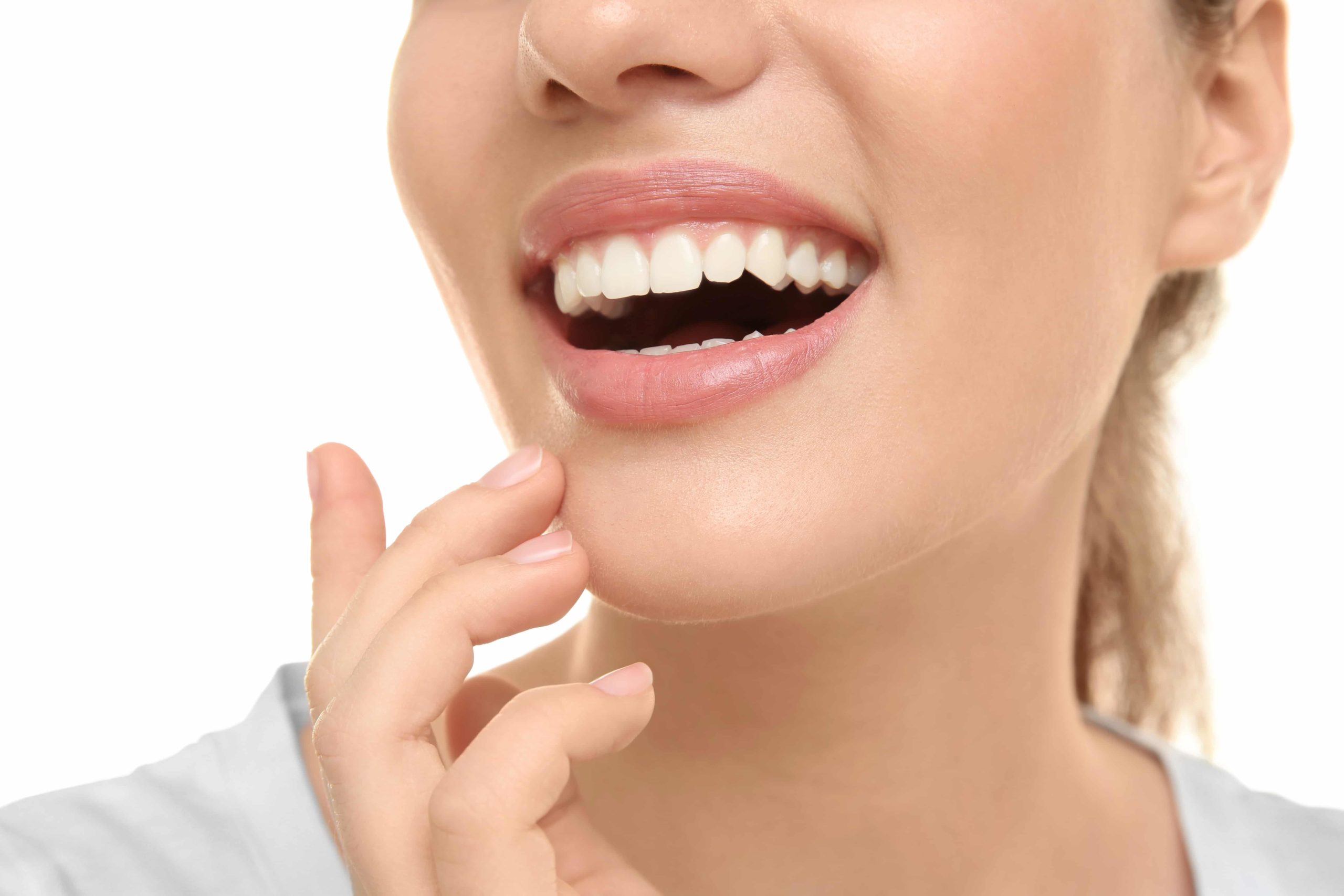One of the most common procedures in cosmetic dentistry is dental bonding. Bonding teeth is a way to repair damaged or imperfect teeth as well as reduce gaps between front teeth. The process begins by scratching the teeth so the surface is somewhat rough. A resin is mixed to match the color as the tooth. This resin is then applied, shaped and fused to the tooth by using highly concentrated light before moving on to the next step, polishing. Dental bonding has proven to be an effective way to restore teeth that are stained or chipped. Other options include crowns or veneers, but the coverings for these procedures must be created in a laboratory. However, dental bonding is not a permanent solution. So, how long does it last?
Dental Bonding Process Advantages
Dental bonding is relatively quick and is completed in a single office visit. Products to numb your pain are not usually necessary because the process is not invasive. Compared to other options, tooth bonding is very affordable.
Composite vs Veneer
Two of the commonly used options for dental bonding are composite resin material and porcelain veneers. Resin has a lower cost than porcelain and is likely to be covered by dental insurance plans. Porcelain veneer is stronger and it will last much longer than its resin alternative. Porcelain veneers are composed of small pieces of porcelain or another type of ceramic material. Resin is a great option for small problems involving one or two teeth. When repairing many teeth, porcelain veneers are a better choice when compared with composite bonding.
Longevity of Bonding Materials
Dental bonding is considered to be a temporary solution because the materials used do not have the strength of tooth enamel. Resin is likely to last for a period of several years before you need another treatment. Porcelain has been known to last up to ten years and even longer in some cases. Patients should factor in the additional years that porcelain veneers provide when comparing the cost. The higher upfront costs of porcelain may be offset by not having to repeat the process as often.
Factors Affecting Longevity
There are many ways to prevent premature erosion of dental bonding materials including the following:
- If you choose dental bonding, you should avoid eating hard foods.
- Some of the most likely items to create damage include ice cubes, hard candies and nuts.
- Patients should avoid potentially damaging habits such as chewing their nails or biting on pens.
- Those who grind their teeth while sleeping should have their dentist create a mouth guard to protect their bonded teeth.
- You should practice standard oral hygiene such as brushing and flossing daily to increase longevity.
Bonding for Rear Teeth
Dental bonding is typically used to repair teeth in the front of the mouth that are visible. The rear teeth (molars) are typically used for chewing tougher foods and the bonding material is generally not strong enough. For your rear teeth, you should consider porcelain or metal crowns, which are durable enough to handle the pressure.
Staining & Discoloration
The materials used in dental bonding are usually effective at covering teeth that have been stained. After the bonding procedure, these materials are more susceptible than crowns to substances that create stains. Tobacco, coffee and red wine are among the most likely to stain your bonded teeth. It is important to avoid consuming items that may cause stains, especially for the first two days following the dental bonding procedure.
Mesa Area Dental Care Specialists
Taking proper care of your teeth is very important to your overall health and to improve your smile. Dental bonding can solve your concerns including damaged or discolored teeth. East Valley Dental Professionals is experienced with this procedure and has successfully provided the best in cosmetic and family dental care. We encourage you to contact our office at (480) 838-3033 today to schedule an appointment.

